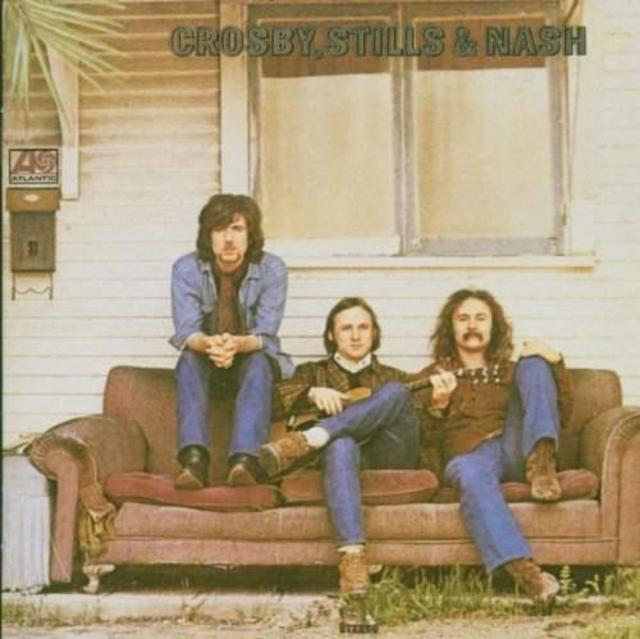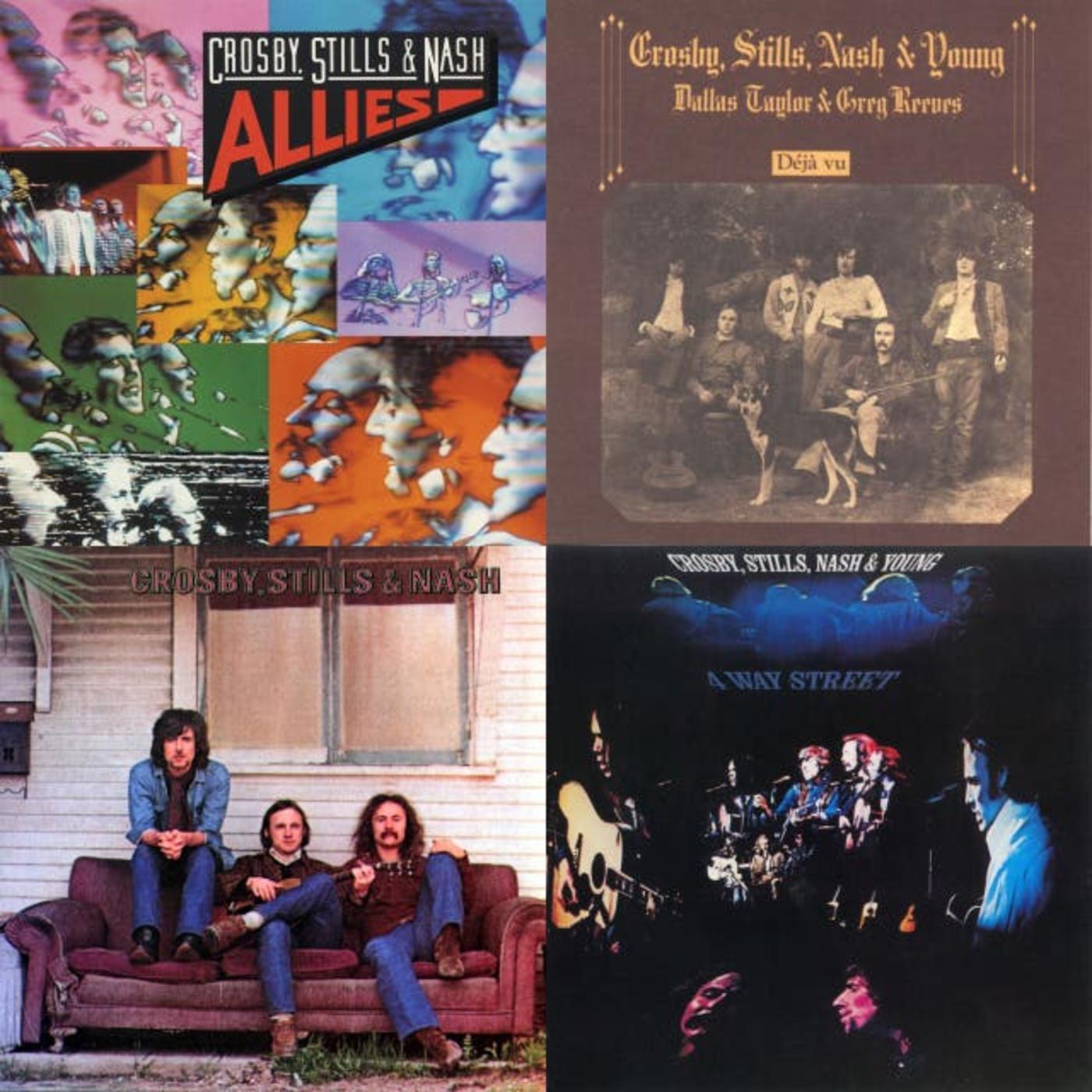Happy Anniversary: Crosby, Stills & Nash, Crosby, Stills and Nash

45 years ago today, one of the guys from the Byrds, a dude from Buffalo Springfield, and one of the blokes out of the Hollies released their first full-length studio endeavor as a trio, an effort which quickly found its way into the upper reaches of the Billboard Top 200 Albums chart and brought them a pair of hit singles to boot: “Marrakesh Express” and “Suite: Judy Blue Eyes”).
It’s a well-told story at this point, but for you kids out there who don’t know the legend of CS&N, here’s how the gang got together in five simple steps:
1. In October 1967, Roger McGuinn and Chris Hillman decided that David Crosby’s increasing disgruntlement with the Byrds choosing to record other people’s compositions over material written by actual members of the band…like, oh, let’s say Gerry Goffin and Carole King’s “Goin’ Back” over Crosby’s “Triad,” for instance…had begun to outweigh his contributions. As such, they popped ‘round his pad and dispensed with his services, providing him with a cash settlement which he promptly turned into a sailboat.
2. In April 1968, Buffalo Springfield decided to call it quits, playing their final concert on May 5 and posthumously releasing their final studio album, Last Time Around, on July 30, thereby leaving Stills with a less-than-full schedule.
3. At some point during the summer of ’68, Stills filled some of his free time by hanging out and jamming with Crosby on his new schooner.
4. In July 1968, while the Hollies were visiting California, Nash went to a party at Joni Mitchell’s house where Crosby and Stills were in attendance and, after the duo performed a new Stills composition entitled “You Don’t Have to Cry,” Nash asked them to sing it again, at which point he threw in a third part harmony.
5. Nash, feeling creatively unfulfilled within the Hollies and giddy about the possibility of what might come to pass in a musical collaboration with Crosby and Stills, threw caution to the wind and bid Allan Clarke and his bandmates adieu.
As history reveals, Crosby, Stills & Nash ended up signing with Atlantic Records, but the trio had actually tried to secure a deal with Apple Records, an effort which went nowhere, although the reasons why it never came to pass seem a bit murky. Stills has indicated that George Harrison and Peter Asher gave them a listen, said, “Wow,” and then said, “No,” but in addition to observing that “the English attitude towards American musicians was a lot more competitive than I expected,” he also noted, “I didn’t know I offended George when I asked him if Paul could produce our record.” Meanwhile, however, Tony Bramwell, a member of the Beatles’ inner circle (he was a childhood friend of John, Paul, and George) and one of several former CEOs of Apple Records, once recalled that Crosby, Stills and Nash “brought their demos in to Apple and everybody loved them except John, who thought it was just twee nonsense, so they were rejected.”
So which is true? Who knows? And, really, who cares? Half the fun of reading about different people’s accounts of the ‘60s is never quite being able to discern the truth from the myth. (There’s a reason why the line “if you remember the ‘60s, you weren’t there” continues to resonate so strongly…and why no one can ever seem to nail down exactly who said it first.) In the end, all that matters is that Crosby, Stills and Nash got turned down by Apple Records, got picked up by Atlantic Records, and released an album on May 29, 1969 which earned a Grammy nod for Album of the Year and resulted in the trio being named Best New Artist in 1970.
Not too shabby, gentlemen. Not too shabby at all.
![Crosby, Stills & Nash [with Bonus Tracks]](/sites/g/files/g2000012691/files/styles/square/public/spotify/album_6vUWpE8qciYHOhf7mgaGny.jpg?itok=OMb4DEp9)

